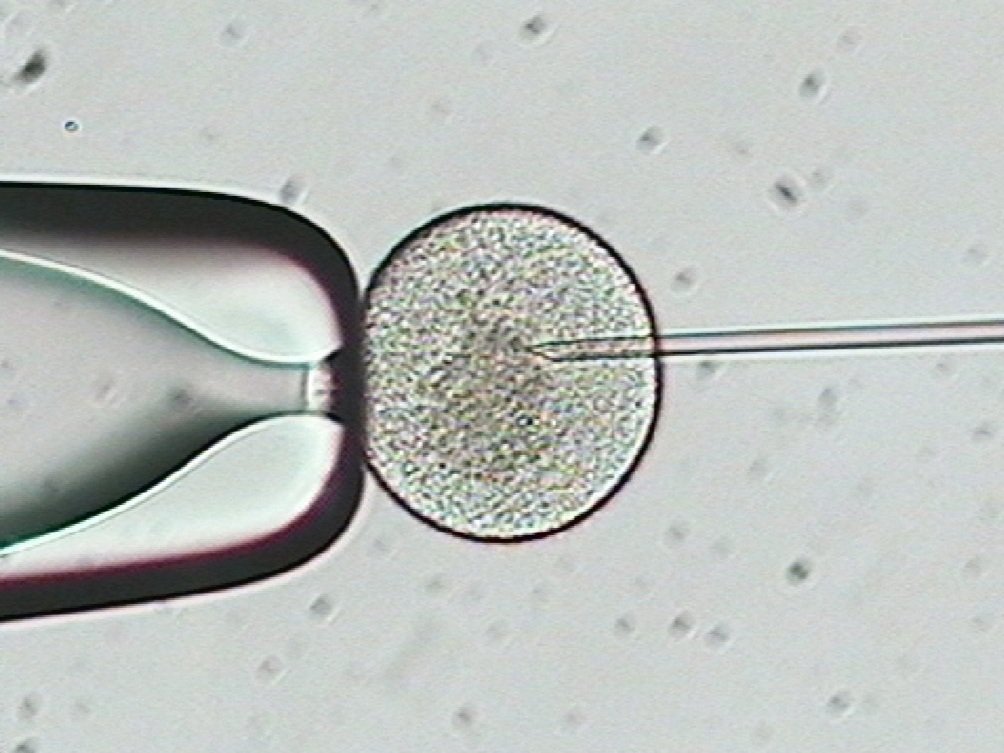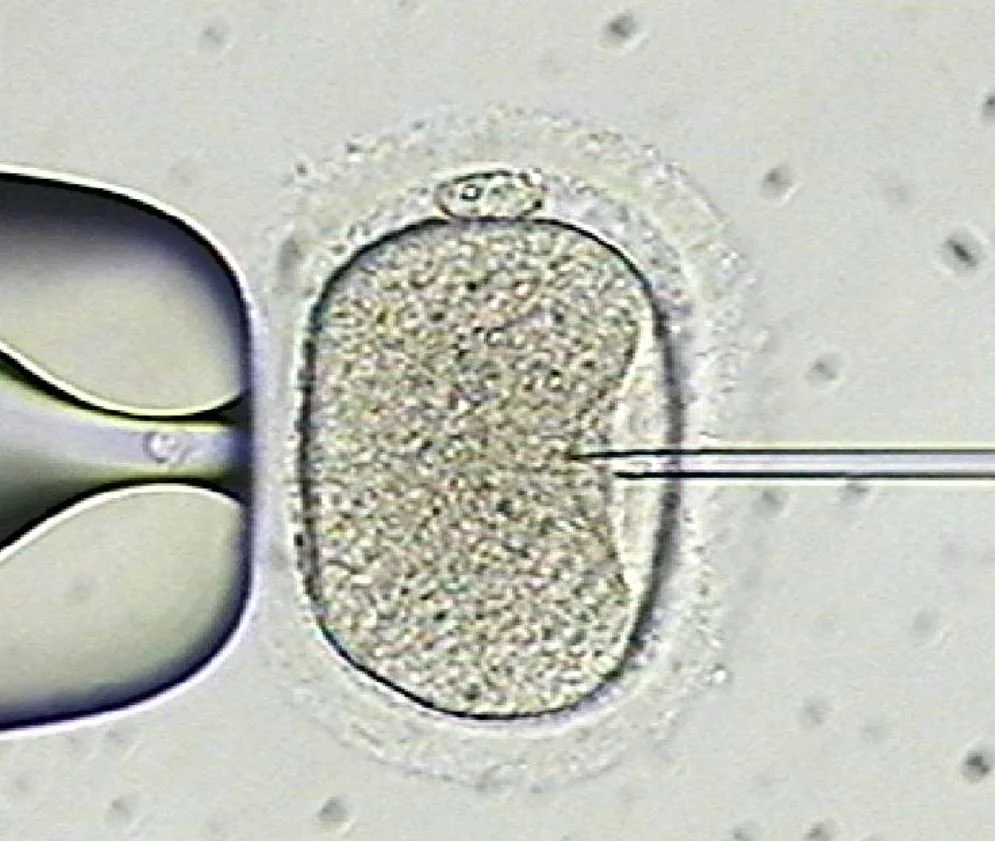
The Kitchen Journal
Welcome to our kitchen journal—a space dedicated to sharing real-life IVF stories and experiences from patients, embryologists, nurses, and physicians. Here, you’ll find unique insights, personal journeys, and lessons you won’t find in generic online resources. It’s a place to connect, learn, and explore the human side of IVF.
Sharing every Tuesday and Thursday, so stay tuned in!
Can Andrologists Become Embryologists?
Andrologists and embryologists both play crucial roles in the IVF lab, but can an andrologist transition into embryology? The answer is yes—and in fact, it’s one of the most common career paths in reproductive science. Since andrologists specialize in sperm analysis and handling, moving into embryology, where sperm meets egg, is a logical next step for those looking to expand their expertise in assisted reproductive technology.

Becoming an Embryologist: The Unlikely Paths to the IVF Kitchen
Becoming an embryologist isn’t always a straight path—it can involve some surprising and unconventional journeys. From working in animal fertility labs to learning the ropes from a friend's mom, discover the unique and sometimes unexpected routes people take to land in the IVF kitchen and help create the next generation.

Steps to becoming an Embryologist: A Complete Guide
In this blog, we break down the steps to becoming an embryologist, from the necessary education and training to gaining hands-on experience in the lab. Whether you're starting from scratch or transitioning from another field, this guide provides everything you need to know about pursuing a career in reproductive medicine.

What is an Embryologist and Their Role at the IVF Clinic?
In this blog, we explore the essential role of an embryologist at an IVF clinic. From preparing eggs and sperm to monitoring embryo development, embryologists are the unseen experts behind successful fertilization. Discover how they use their specialized skills to help bring dreams of parenthood to life.

Is Conventional Insemination Safe for the Future Baby?
In this blog, we’ll dive into whether conventional insemination is safe for your future baby. While this method of fertilization closely mimics natural processes, it’s important to understand the potential risks and benefits involved. We’ll explore how conventional insemination affects both the health of the baby and the overall safety of the process.

What is Conventional Insemination? A Complete Guide
Conventional insemination is a widely used fertility treatment where sperm and eggs are combined in a lab to allow natural fertilization to occur, without direct intervention. This technique mimics the natural process of fertilization, providing a more hands-off approach compared to methods like ICSI. In this blog, we’ll explore how conventional insemination works, who it’s best suited for, and its potential risks and benefits.

Is ICSI Safe for My Future Baby? Evaluating the Advantages and Challenges
ICSI (Intracytoplasmic Sperm Injection) is a widely used fertility treatment, but many couples wonder about its safety. While ICSI slightly increases the risk of certain genetic or developmental concerns, research shows that the vast majority of babies born through this technique are healthy. This guide explores the potential risks, benefits, and long-term safety of ICSI to help you make an informed decision.

Is ICSI Safe for the Oocyte? Understanding the Risks and Benefits
ICSI (Intracytoplasmic Sperm Injection) is a highly effective fertility treatment, but its impact on the oocyte (egg) must be carefully considered. While it guarantees fertilization and overcomes barriers like sperm motility issues, the process can sometimes cause mechanical damage to the egg or disrupt its internal structure. Understanding both the risks and benefits of ICSI is essential for couples considering this treatment.

What Is ICSI Injection? A Complete Guide
ICSI (Intracytoplasmic Sperm Injection) is a groundbreaking fertility technique that involves injecting a single sperm directly into an egg to improve fertilization chances, especially in cases of male infertility. First developed in 1992 by Dr. Gianpiero Palermo, ICSI has transformed assisted reproduction by overcoming barriers that once made conception difficult for many couples. This guide explores how ICSI works, its benefits, and the fascinating history behind its discovery.

How Eggs Are Fertilized in the Lab: ICSI vs. Conventional Insemination
In the IVF lab, fertilization is a critical step that determines the success of an embryo’s journey. Embryologists use two main techniques and each method has its place, depending on sperm quality and patient history. No matter the approach, this step is where science meets the magic of creating life, bringing hopeful parents one step closer to their dreams.

Behind Le Microscope: An Afternoon in the Life of an Embryologist
Take a peek into an embryologist’s afternoon in the IVF lab, where precision and attention to detail are key. From monitoring embryo growth to preparing for cryopreservation, see how these specialists balance multiple tasks to ensure successful fertility treatments.

Behind Le Microscope: A Morning in the Life of an Embryologist
Step behind the microscope and into a typical morning of an embryologist working in the IVF lab. From analyzing embryos to ensuring successful fertilization, discover the crucial tasks and responsibilities that make every day in the lab both challenging and rewarding.

Cooking Up Miracles: Meet the IVF Dream Team Behind Your IVF Journey
We’ll take you behind the scenes of your IVF journey to introduce you to the dedicated team members who make it all happen. From the clinical staff to the lab experts, each person plays a crucial role in helping you navigate the process. Learn about the nurses, embryologists, physicians, and support staff who work together to ensure your fertility journey is as smooth and successful as possible.